Odisha villagers fight fire ant invasion
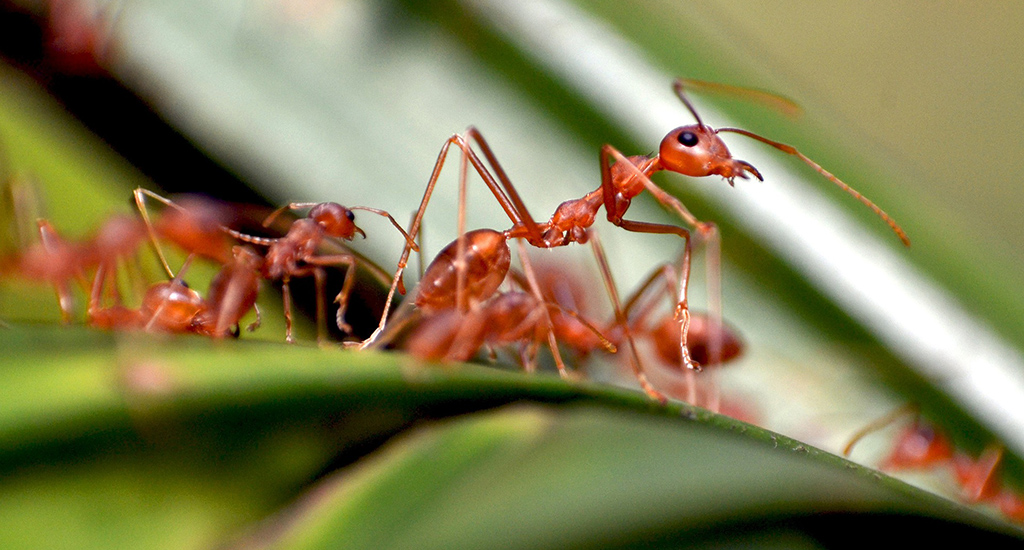
Snehlata Dash has always loved the serene and peaceful surroundings of her village, Brahmansahi. The 75-year-old widow had hardly stepped outside her village since she got married over four decades ago.
But in the middle of August she had to flee her Brahmansahi and rush to her married daughter’s house. All because of some tiny red ants.
It might sound like a scene from a movie, but 70 people from 18 households living in the remote Odisha village are having a tough time because of millions of red ants that have invaded their space.
An army of red ants invade the village
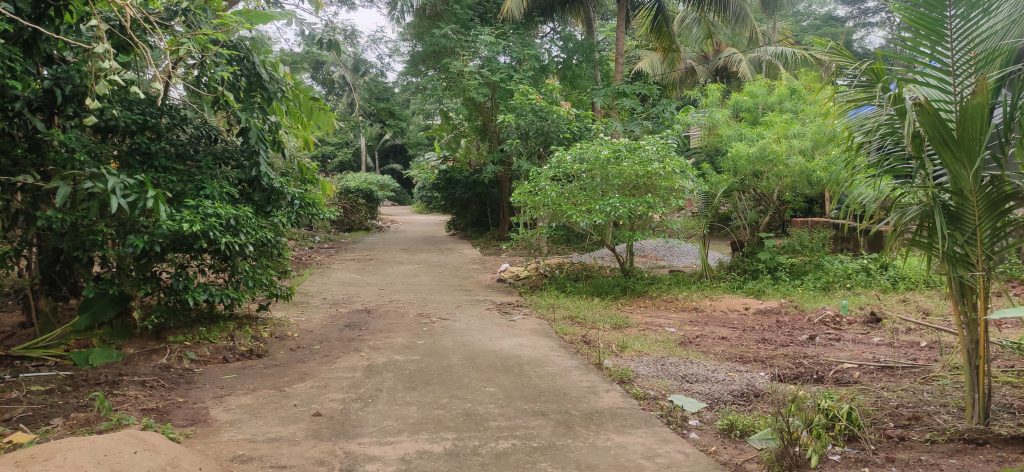
The fast-moving ants seem to have made Brahmansahi in Pipili block of the Puri district their home, invading every nook and corner of the villagers’ houses.
The attack began in the middle of August after heavy showers.
“We’ve been living in this village for several years and have never faced this problem before,” said Snehlata Dash. “I live alone after the death of my husband and in this village we stay like a family. But the invasion of red ants has made our life miserable,” she said, showing the black bruises in her legs where the ants had stung her.
The entire village – interestingly all of them belong to a single community and have the same surname – was caught off guard by the attack of the ant army.
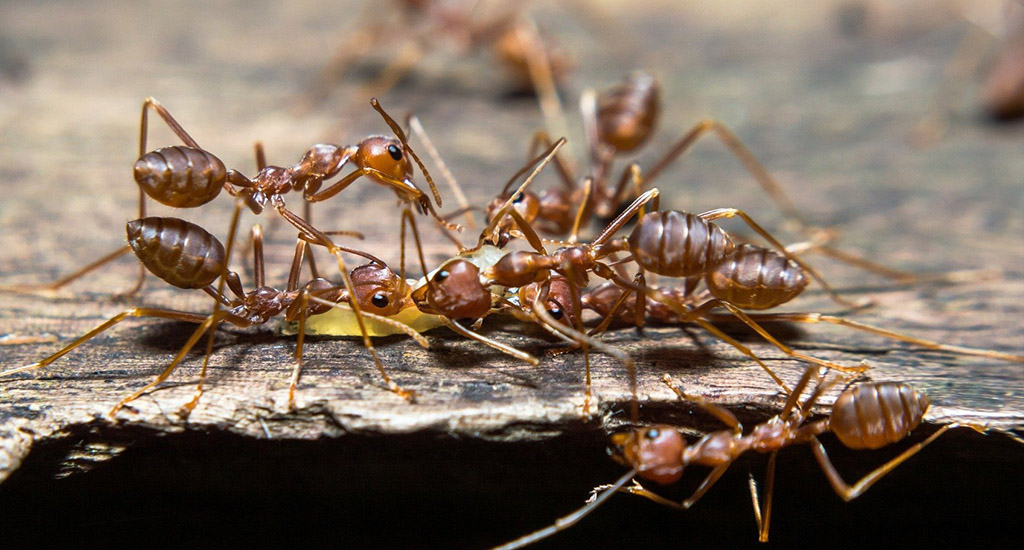
They were on the beds, on the floor, inside vegetables and water pots. We couldn’t even cook food or drink water.
“They marched like a big army ready to destroy whatever came in their way,” Snehlata Dash, who had just returned from her daughter’s house, told Village Square.
Unmanageable red ant infestation
The ants just took over the village. “They were on the beds, on the floor, inside vegetables and water pots. We couldn’t even cook food or drink water. Maybe the ants were angry with us because we were all getting bitten,” said Nayana Dash, a homemaker.
“The situation was so bad that we had to wear polythene sheets even when we were inside the house,” she told Village Square.
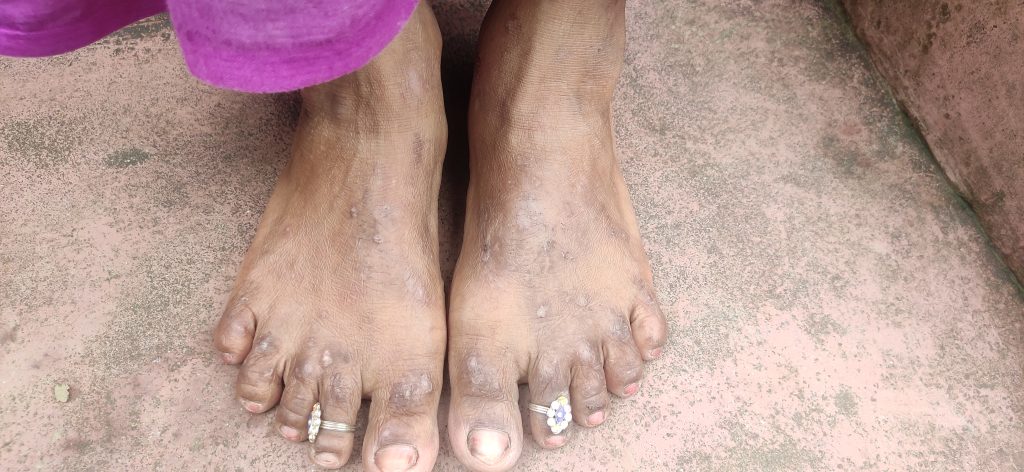
Debendra Nath (68), who was born in the village, is still shocked about such an ant infestation happening for the first time in his life.
“We used insect repellents around our beds and applied herbal oil on our bodies at night. But still we could not sleep,” he said. “They haunted us in sleep also.”
A health concern
Like Snehlata Dash, a few families fled the village to avoid the ant bites and the resulting rashes.
Local health officials said that they were also shocked by people coming in large numbers with ant stings.
“We hardly get such cases here as most of the cases are related to snake bites. The swelling in the skin and rashes were caused because the ants secrete formic acid. We gave the villagers medicines,” said Binay Kumar Panda, a local public health officer.
“I’ve hardly come across such cases during my medical tenure,” Panda told Village Square.
The administrative officials conceded that they were also caught off guard by the presence of a large number of ants.
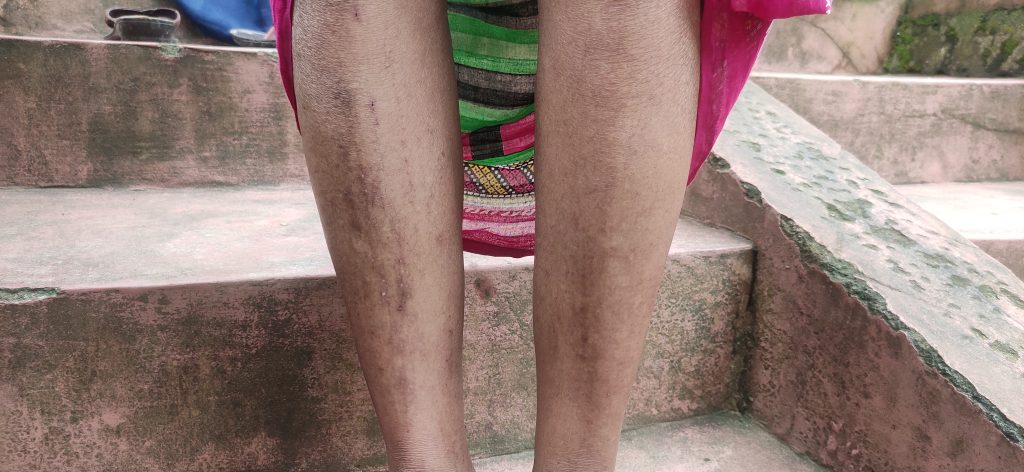
“We normally spray chemicals for vector-borne diseases but we have never seen such an assault of ants,” said Rashmita Nath, block development officer (BDO) of the Pipili block.
Eliminating the red fire ants
Since the villagers knew they could not control the red ant infestation, they informed the local administration who rushed to their rescue.
Admitting they were taken aback by the enormity of the problem, Nath said they had to hire a private agency for spraying the chemicals, though it was costly.
Though the problem has reduced after the authorities sprayed chemicals, the red fire ants have not been completely eliminated.
“They sprayed chemicals, but not behind the houses. Ants are still seen in large numbers in tree barks and bushes,” said Sabita Dash, a local ASHA worker, showing the remains of chemicals in some places and the red fire ants under the barks.
What caused Brahmansahi’s red ant infestation?
A senior scientist who visited the village said that the situation might become bad again unless the queen fire ant was caught and killed.
“The queen can live up to 65 years and has the capacity to lay 800 eggs every day. They build their own colonies. She has to be caught and killed immediately otherwise the population of ants will keep multiplying,” said Sanjay Kumar Mohanty, senior scientist at Odisha University of Agriculture and Technology (OUAT).
He said that the villagers are also at fault because the village is surrounded by greenery and has fallen tea barks and bushes which have not been removed.
“Such cool places are a perfect habitat for ants. Villagers should keep the premises clean. Some blamed the swelling of the local canal for the ant infestation but it’s not true,” Mohanty told Village Square.
Looking for the queen
The families that left the village during the height of the ant infestation have returned.
But everyone is still worried and spending sleepless nights. As the chemicals sprayed by the authorities are getting washed away in the rains, the villagers are worried that the ants will return and resume their attack.
“We’re keeping a close watch of the situation. We will spray chemicals if the situation goes out of control,” said Nath.
She said that the villagers should keep the place clean.
Meanwhile, villagers are desperately looking to kill the queen ant to ensure that normalcy returns and they need not worry about the return of the fire ants.
The lead image shows red fire ants that wreaked havoc in the Brahmansahi village of Odisha, forcing some people to flee (Photo courtesy Shammiknr, Pixabay)
This article was first published in Villagesquare.in.












































